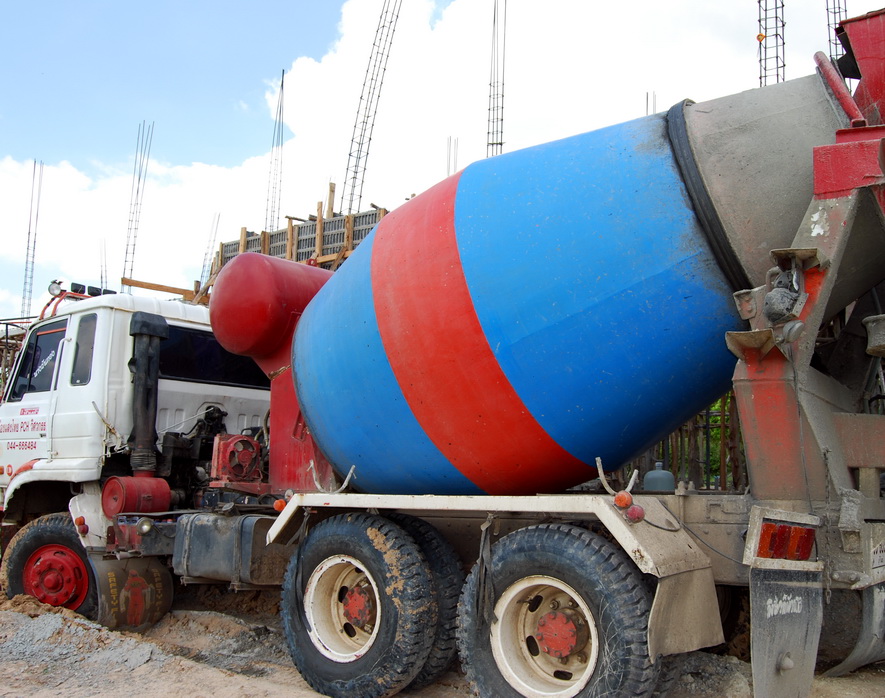As the economy continues to strengthen and market confidence rises, the manufacturing and storage industries begin to expand to meet the growing requirements put on them by their customers. Typically, whether a manufacturer, a material handler, or a stockholding warehouse, this increase in business means the need to hold and move more materials, and that means investing in new plant, infrastructure and assets. When considering those kinds of logistical expansion, local specialist companies will be able to offer a range of solutions.
Companies now manufacture to certain tried and tested methods that help streamline and cut waste. Product warehouses will operate on strict systems which will limit the need for excessive movement of forklift trucks to reduce costs. Material handlers will arrange their premises to cut down on time wasted taking stock to a saw for cutting and then on to transport to the customer. Everything is tuned to gain maximum efficiency.
But all of these savings can be lost in an instant when the need arises for further handling equipment. The purchase of a forklift truck is a major investment and it doesn’t stop once the money has been handed over. All fork lift trucks require fuel and that becomes a part of your purchase package. There are three types of ‘fuel’ to choose from:
- Diesel: – While seen as the traditional fuel for fork lift trucks, it is also the least clean and is mainly reserved for fork lift applications that are carried out in the open air. The fumes can become overpowering very quickly in a confined space and many Health & Safety representatives insist that they can only be used when accompanied by at least one other person, who can raise the alarm should the driver succumb to the fumes. With that said, Diesel fork lifts are seen as the real power loaders and are often found on the huge, 12-tonne capacity units.
- Electricity: – Quiet, to the point of being almost soundless, these units will run for much of the day following a full battery charge. These are the most environmentally friendly of the loaders and the first choice when working in small and clean environment facilities. Charging the battery overnight at lower energy tariffs is significantly lower than a fuel tank of diesel, but the main downside is that the vehicle will not be available for 24 hours of the day as they do need extensive recharge periods.
- LPG: – Still relatively new to the market, Liquid Petroleum Gas-fuelled trucks are seen as a perfect compromise between the other two fuel types. They generally have the lowest running cost though LPG, like any fuel, is subject to market forces and spikes in costs. LPG vehicles do tend to have higher maintenance costs and still require the winter service as diesel trucks.
When considering the purchase and running of a new truck, these factors, along with maintenance and training, need to be considered in the overall package of costs.
